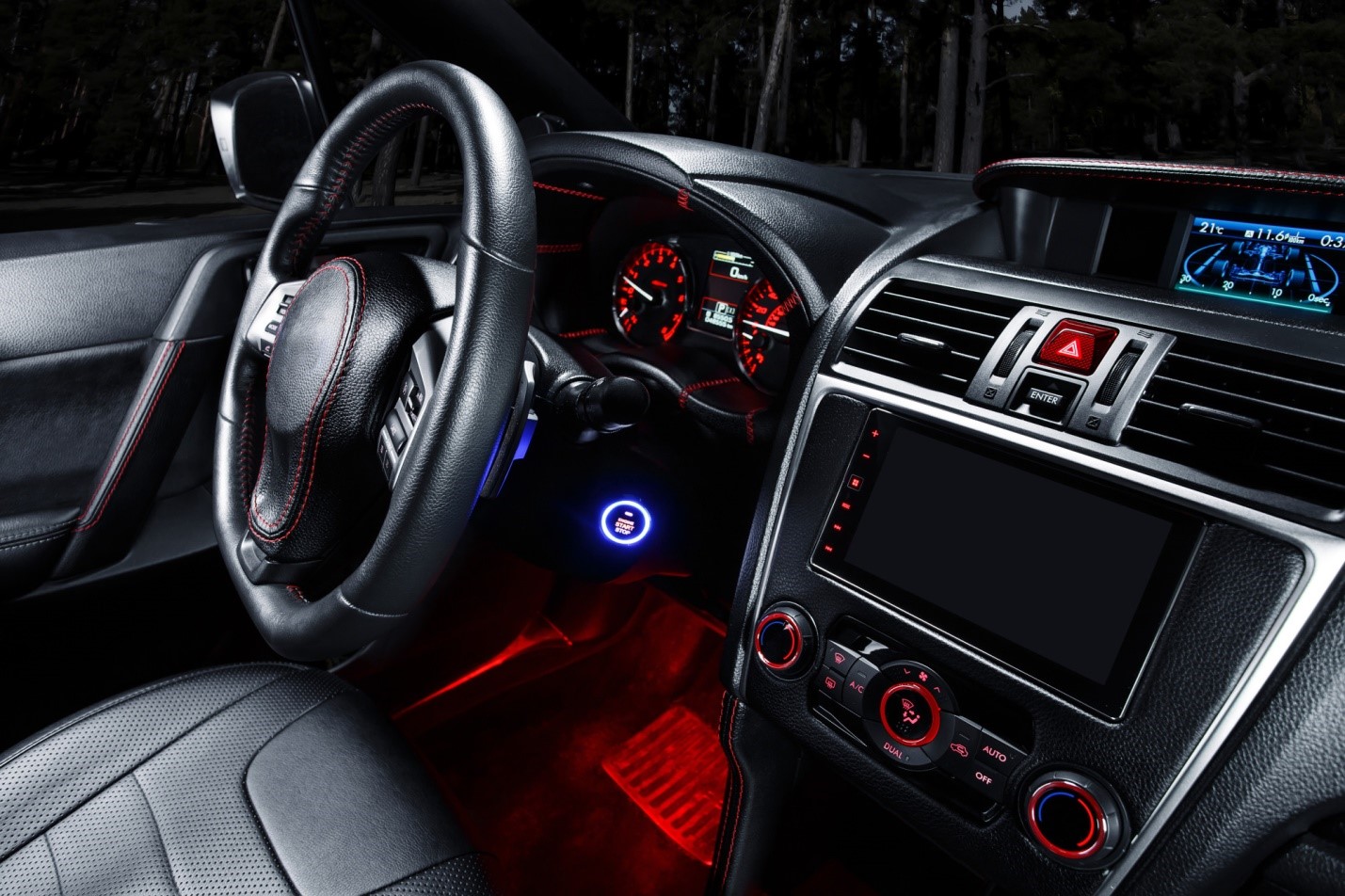[ad_1]
Position your strategy
You need to create a ‘personality’ for your plastic loyalty card strategy, to help your business stay in customer’s minds. For example, while Citibank takes the position of thanking the customer for their loyalty (their program slogan is ‘Thank You’), the FlyBuys program urges you to ‘Make It Count’. You don’t necessarily need to create a slogan for your program – but you do need to know the angle that you’ll take in introducing it to your customers. Will you say “To thank all our loyal customers for their business, we’ve introduced a rewards program. Would you like to join?”. Alternatively, will you say something like “Did you know that with every dollar you spend here, you could be earning points towards a free [something]?”.
Market tangible benefits
You need to think about your rewards program from the point of view of the customer. People don’t get a tangible sense of positivity from ‘knowing that their greengrocer is committed to quality’. Tell people that they’ll be enjoying better health with exclusive discounts on organic produce, though, and they will take notice. Think of your program in terms of what that little plastic card adds to the customers:
* Health
* Wealth
* Relationship satisfaction
* Time
* Sex life
Use this knowledge to promote your program, teaching your staff how to explain the benefits of the program to customers and using in-store displays to let people know about it. Think outside the box – most plastic loyalty cards give the customer some sort of discount or freebie, but their ‘Wealth’ isn’t necessarily the only thing that benefits.
Create objectives and performance metrics for the program
Having an objective for the program, and metrics by which you measure that goal is critical to succeeding with it. Set a time frame by which the program should be achieving its goal – if it hasn’t happened, then re-assess.
Data storage and access
Having plastic loyalty cards, as opposed to manually administered paper-based cards, is a huge benefit when it comes to data storage and access. A barcode system can easily be set up to integrate with your current sales software; your plastic card manufacturer can print unique barcodes or use magnetic stripes to identify each customer and electronically store their rewards information.
The loyalty card itself
Besides the administrative benefits in ease of data storage, reliability and universal accessibility, plastic loyalty cards are preferable to paper for their sense of value. Paper cards get scuffed and bent in wallets – plastic cards always retain a sense of newness and professionalism. Given that the look of your loyalty card is intimately tied to the image of your store, plastic cards are the obvious choice.
[ad_2]
Source: http://ezinearticles.com/?Best-Practices-For-Marketing-With-Reward-Cards&id=3731810











